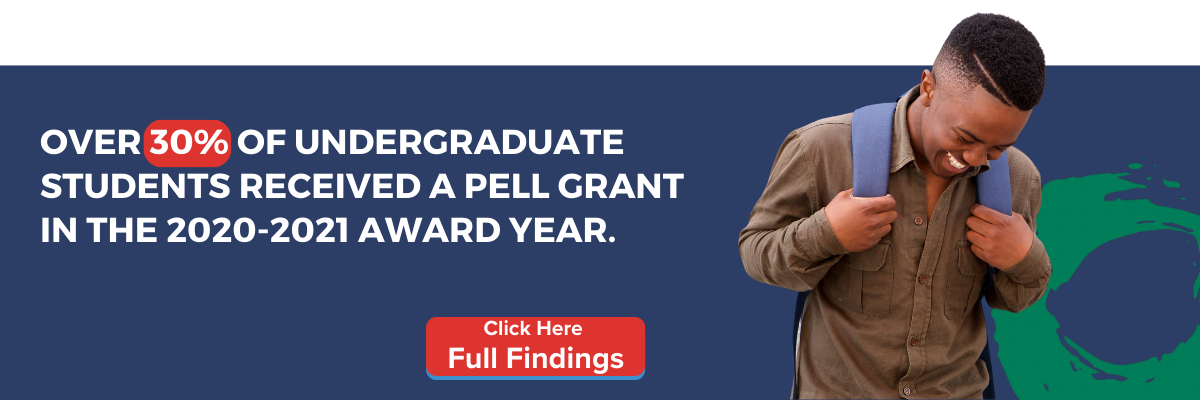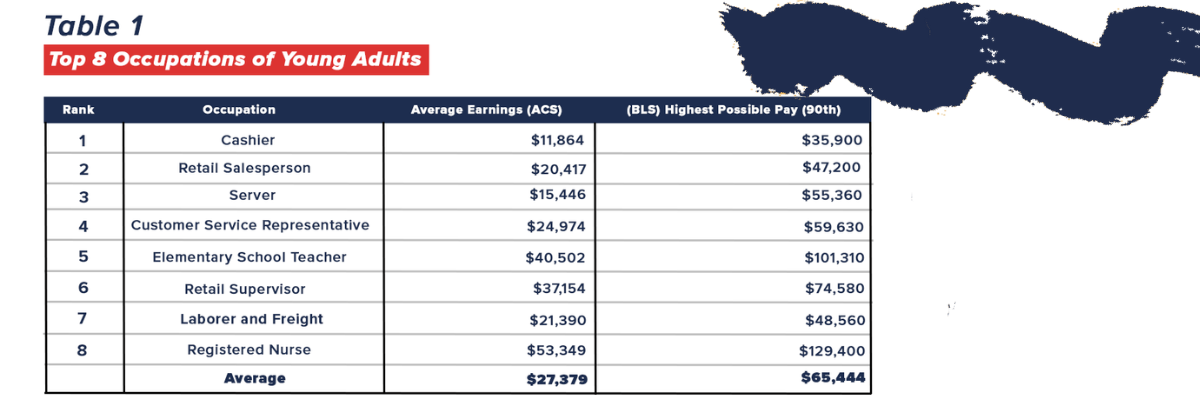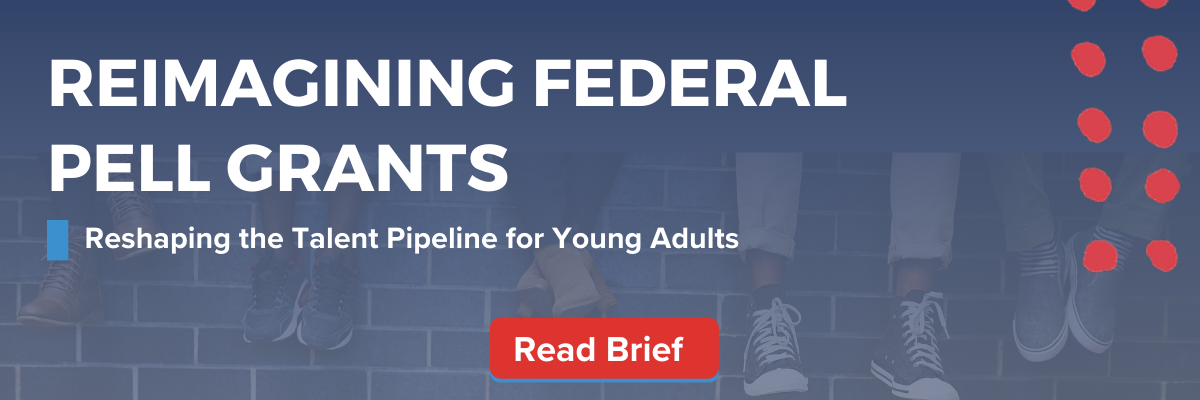Introduction
The Federal Pell Grant program continues to be a cornerstone of federal financial aid for students from low- and moderate-income families, with over 30 percent of undergraduate students receiving a Pell Grant in the 2020-2021 award year. Additionally, from the most recent data on Pell Grant distribution, postsecondary students from marginalized communities were more likely to receive a Pell Grant. While generations of college students have received crucial financial support to access and complete college due to the Federal Pell Grant program, the program has not kept up with the rising costs of college or shifts in workforce needs. According to The Institute of College Access and Success (TICAS), today, Pell Grant recipients are more than twice as likely as other students to have student loans, with the Pell Grant currently covering less than 30 percent of the cost of attendance – compared to more than 75 percent at its onset in the 1975-76 award year. Further, institutional eligibility for Pell Grants requires the program’s minimum length to be 600 hours, and due to this limitation, employers and workers call for efficient and sustainable alternatives, such as robust, short-term career readiness programs, to obtain tangible and transferable workforce skills.
Today, many Americans have no choice but to pursue multiple jobs and economic security programs due to increasing college costs, rising inflation, and stagnant wages. Fortunately, Congress has options to reverse the detrimental effects of inflation and stagnant disproportionately affecting historically marginalized communities. Due to the scarcity of funding designated for workforce development, such recourse will require significant investments – in institutional capacity, consumer education, and ultimately, pay. In addition, improvements to workforce development will require policymakers to address larger systemic inequities through a racial equity lens to identify the root causes of economic and racial disparities.

One tangible solution with bipartisan and bicameral support is expanding the Federal Pell Grant program for certificate and credential readiness programs. According to the Urban Institute, certificate programs in many fields have a reasonable rate of return, and there is no clear justification for the minimum length requirement for the Pell-eligible programs.
Now more than ever, young adults are reimagining alternative education and career paths. If done correctly, and with the success and wholeness of students at the center, access to Pell Grants for short-term workforce development programs can be an opportunity to skill and reskill a fluctuating workforce.

This brief illustrates the need for Short-Term Pell (STP) Grants for young adults in this ever-changing economic climate. The brief also acknowledges varying opinions on the effectiveness and implications of STP and wants to shed light on the young adult perspective on this issue. With the Young Invincibles (YI) mission in mind, this brief provides a snapshot of the current workforce for young adults ages 18-34.

